Random musings on the bone structure of Japanese Sea Bream (Tai/Madai/真鯛), a topic that I’d read about many years ago but only recently come across again. All pictures here except the real bone skeleton are credited to the National Diet Library of Japan (国立国会図書館). For those of you who don’t know, the National Diet Library of Japan is one of the largest libraries in the world and carries out the same function as the United States Library of Congress. As such, they carry many old books, whose images are now open sourced.
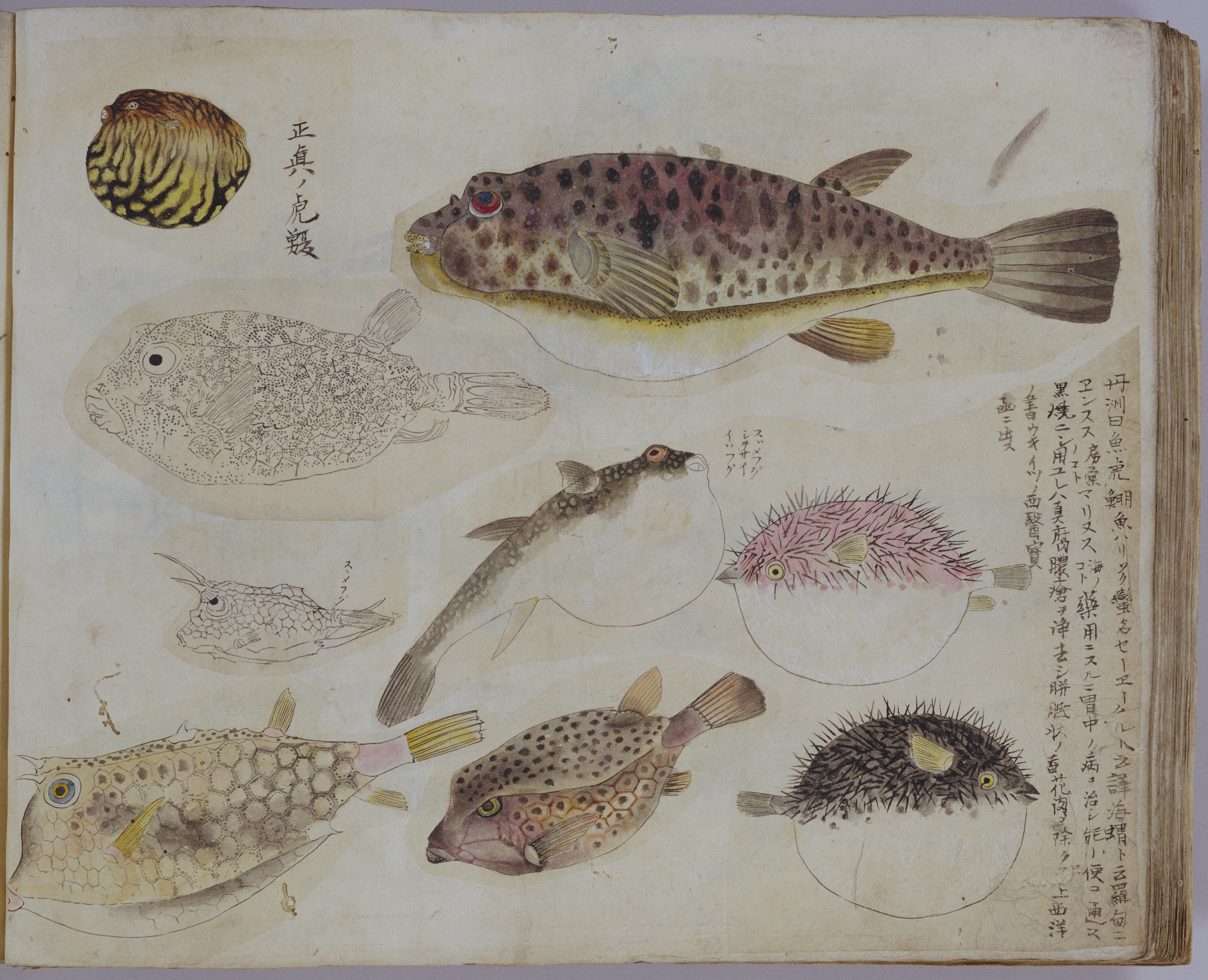
In my article about how to prepare Madai, I talked about how the highest quality Madai is that which possessed a bone deformity that was known as a Naruto bones (鳴門骨/なるとほね), which can be seen in the picture here of a bone frame that I filleted and cleaned just for the photo.
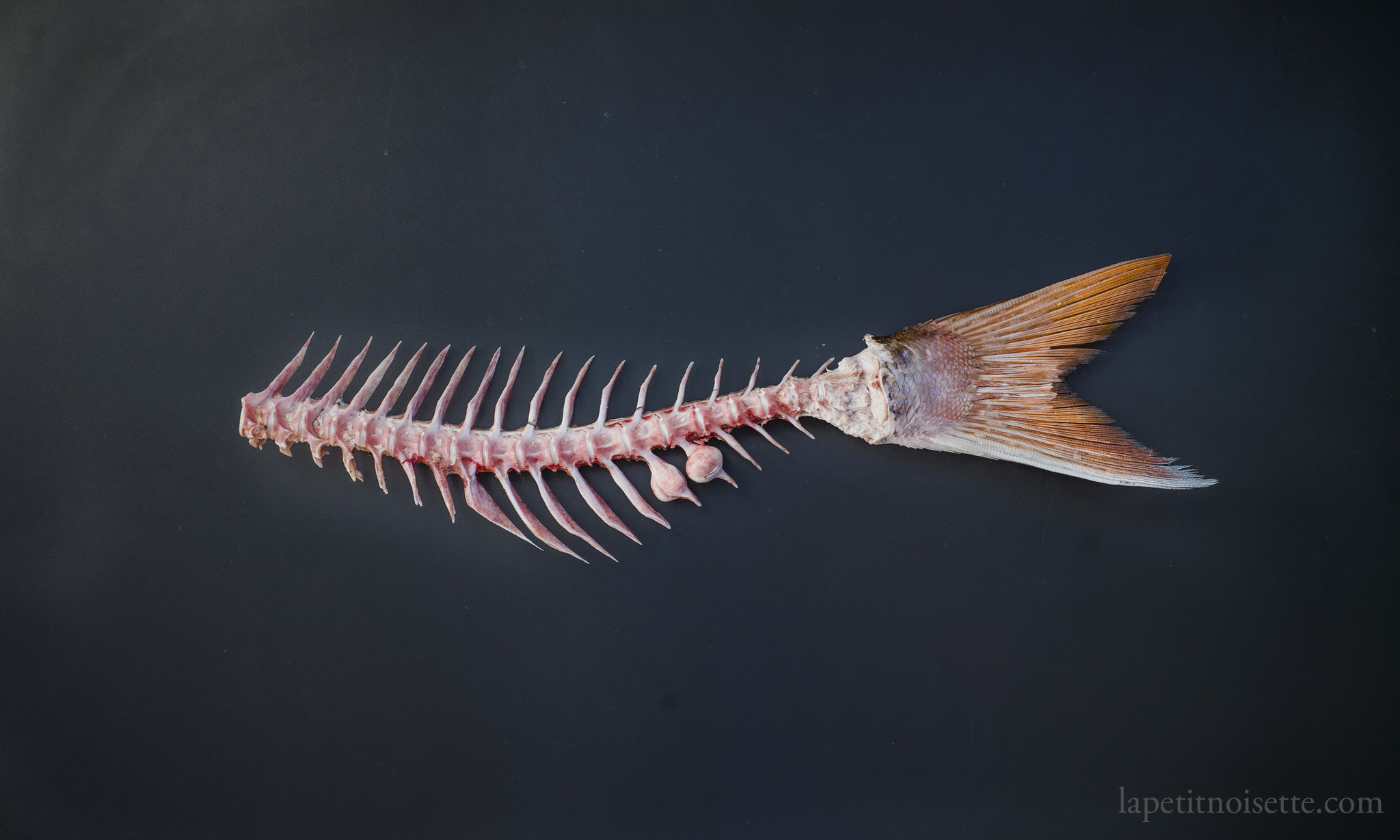
In Japan, Madai is prized for its flavor but also its history, as Madai has been eaten since the Jomon period, with Madai bones being found at archeological sites. Traditionally, Madai is even eaten during the New Year’s Celebration and even weddings. There is even a festival in Toyohama, Aichi Prefecture, held every July called the Tai-Matsuri (鯛祭り) or Sea Bream festival, where huge Madai structures are made by each ward of Aichi Prefecture from bamboo and cloth and carried into the sea to pray for maritime safety and an abundant catch.
In terms of bone structure, there are 9 bone structures found in Madai that were celebrated as unique to Madai during the Edo period. These bones were known as the 9 bone tools (鯛の九つ道具) due to their resemblance to building tools. The most famous illustration of this is probably from Okukura Tatsuyuki’s (奥倉辰行) book, Suizoku Sashin (水族写真) which was published towards the end of the Edo period in 1857, two years before his death. Okukura himself was just an owner of a grocery store in the Kanda Tacho district of Edo (江戸神田多町), but his works showing his extremely in-depth knowledge of fish during that time.
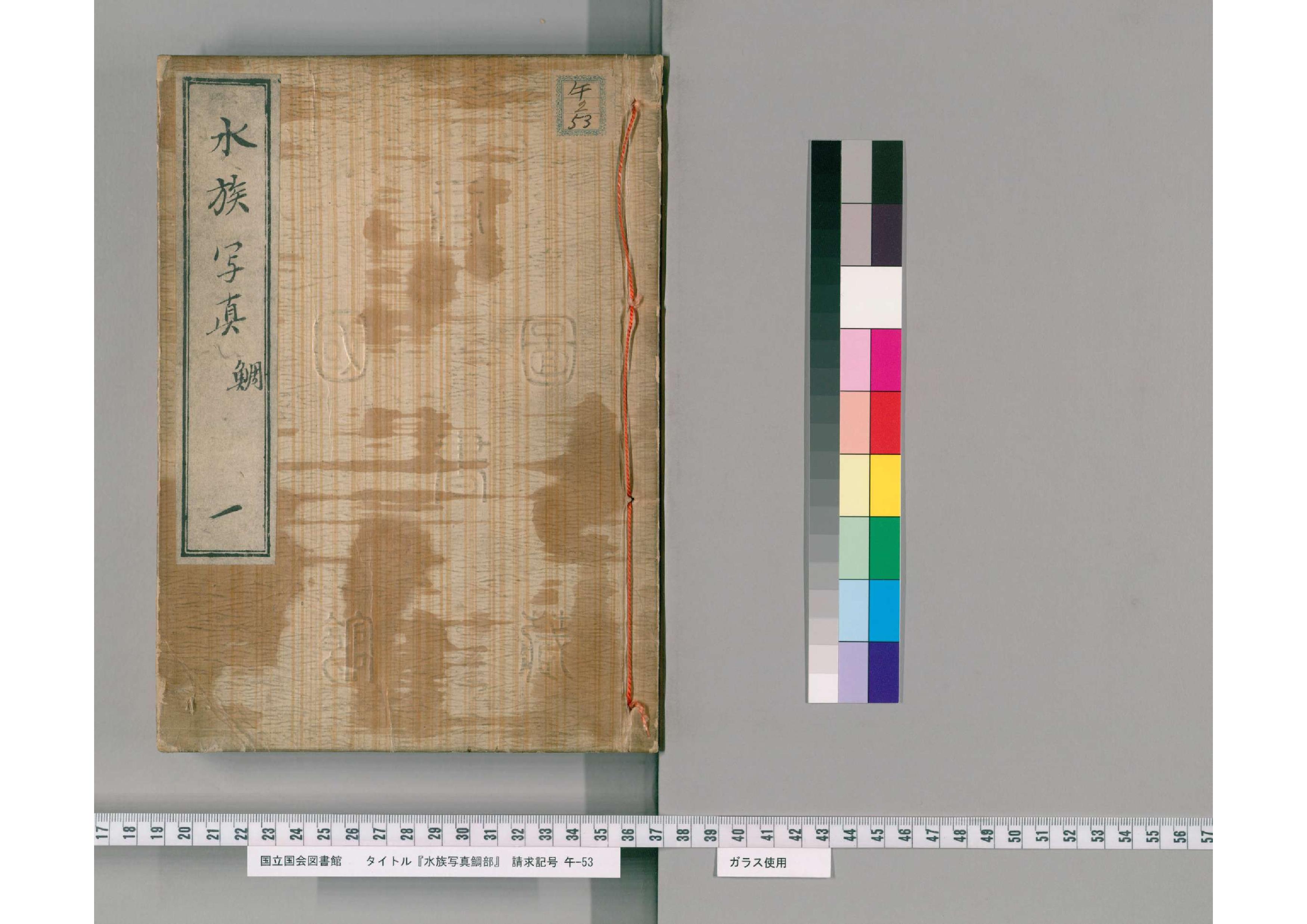
This book contained highly detailed depictions of over 720 fishes found in the waters around Japan, some of which were his own work and some which were copies of other collections. The pictures were mostly in color, and were accompanied by annotations of the names of the fish in different dialects, along with their characteristics and flavour.
The image of the Madai skeleton structure can be seen below along with the 9 bone tools. I won’t elaborate about the 9 bones tools as we’re only interested in 1 of them, the Naruto bone, however, it’s worth nothing that out of the 9 bone tools, 1 of the “bones” is actually a fish parasite that lives in the mouth of Madai!
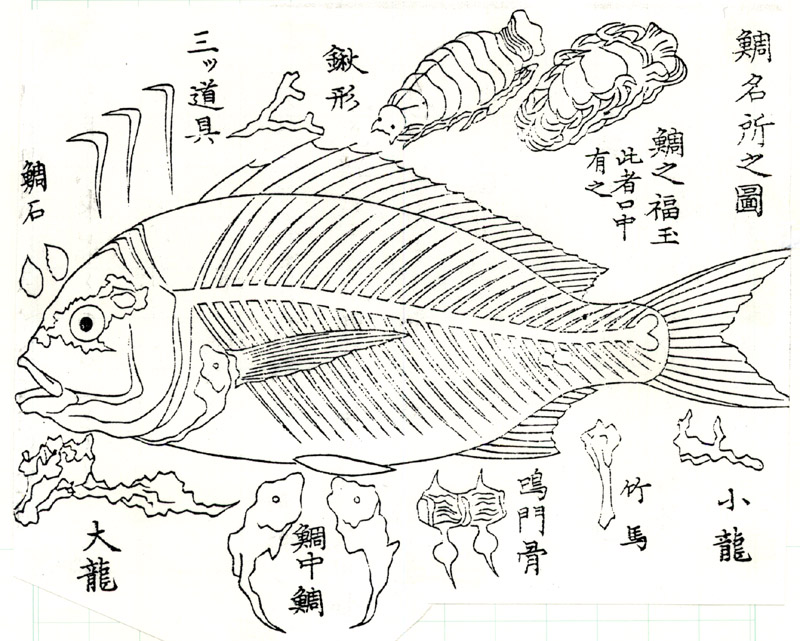
On the Naruto bone, the whole idea behind it is that Madai who possess this bone deformity are extremely high quality and taste amazing, as this bone deformity is due to the fish swimming in extremely fast moving waters and currents, which in turns causes the fish’s flesh to be flavourful. This however, isn’t extremely accurate as the cause of this bone deformity isn’t known, and Madai found in waters around other countries sometimes do have this bone deformity as well. In fact, if you look at the Japanese Database of Parasites in Fish and Shellfish (DPAF/水産食品の寄生虫検索データベース), they consider the Naruto bone as a benign osteoma or bone outgrowth.
The main reason why this conception spread in the first place was probably that the Naruto bone is not found in Madai caught in the Kanto (関東地方) (which includes Tokyo) and Tokai (東海地方) region, but mainly in the waters off the Kansai region (近畿地方) which includes Kyoto and Osaka, which were famous for their delicious tasting Madai, thus giving birth to this correlation. In fact, the taste of raw high quality Madai is supposed to be many times more superior than the taste of Hirame, which is interesting because Tai has come to be known as a relatively cheap fish compared to Hirame. This is especially true for Tai that is caught in the waters of the Seto Inland Sea (瀬戸内海) which are then brought the the fishing ports of Akashi (明石市), which is located in the Kansai region, and Naruto (鳴門市), which whilst not in the Kansai region but on Shikoku island, is facing the Seto Inland Sea. It is because of how highly prized the Madai from Naruto is that this bone structure came to be known as the Naruto bone.
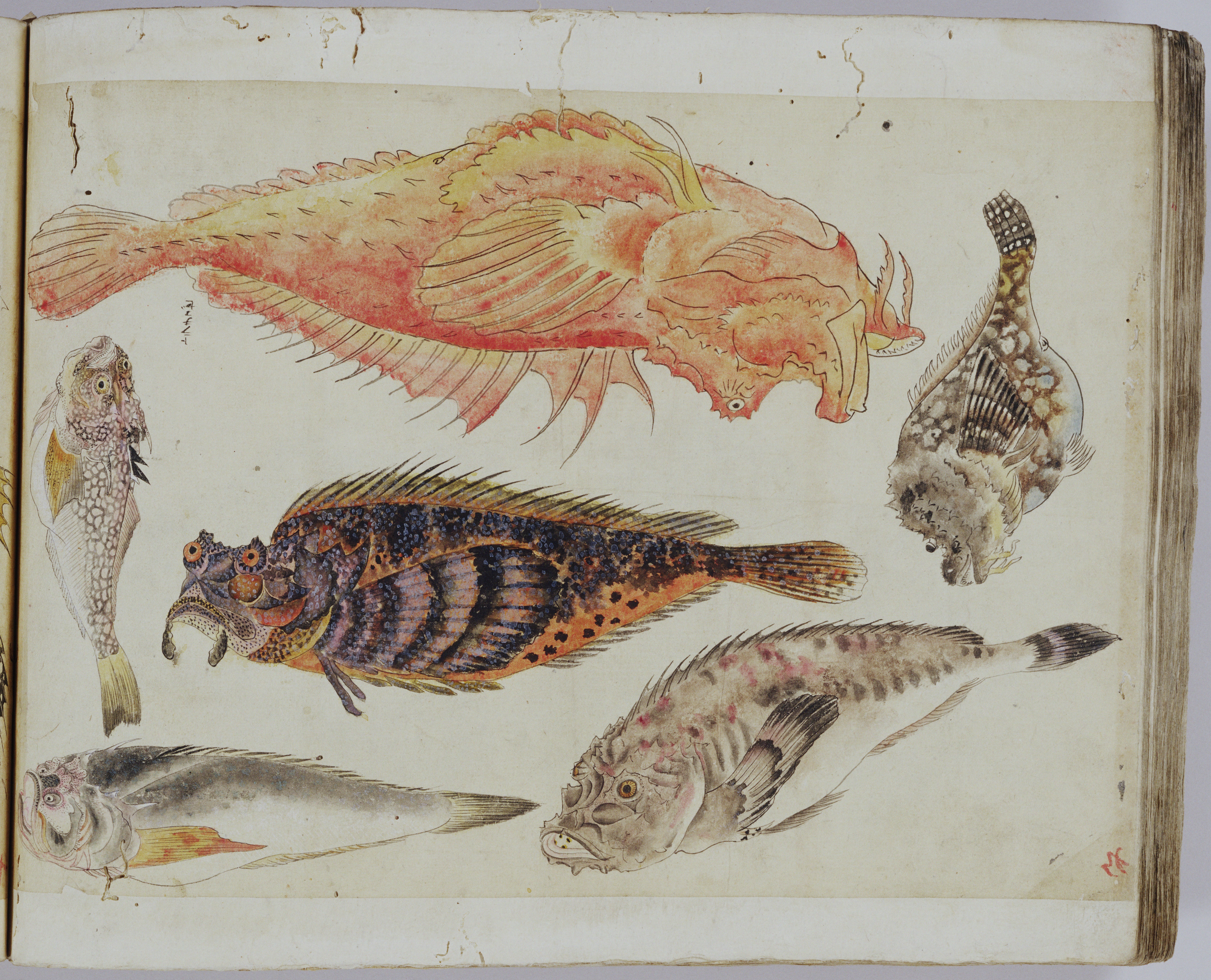
From a chef’s perspective, Hirame is usually served in sushi restaurants compared to Tai due to how Tai is seen as a cheap low quality fish. However, on the occasion that high quality Tai can be brought, which is getting increasingly common due to refrigeration that allows Tai from the Seto Inland Sea to be transported all over Japan, it is definitely worthy to be served as nigiri alongside other much more prestigious fish such as Kohada and Maguro.
If you do ever find high quality Tai like this, do keep in mind that the Naruto bone protrudes into the fillet and can very very easily chip you filleting knife if you do not watch out for it.